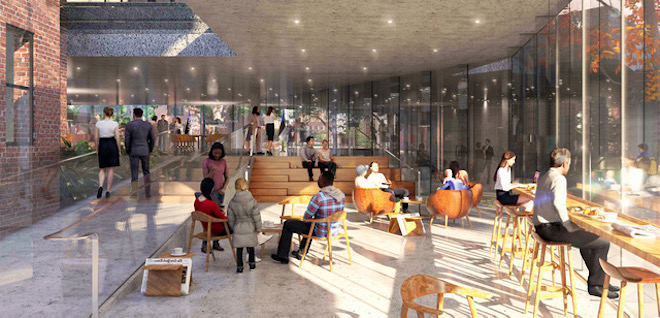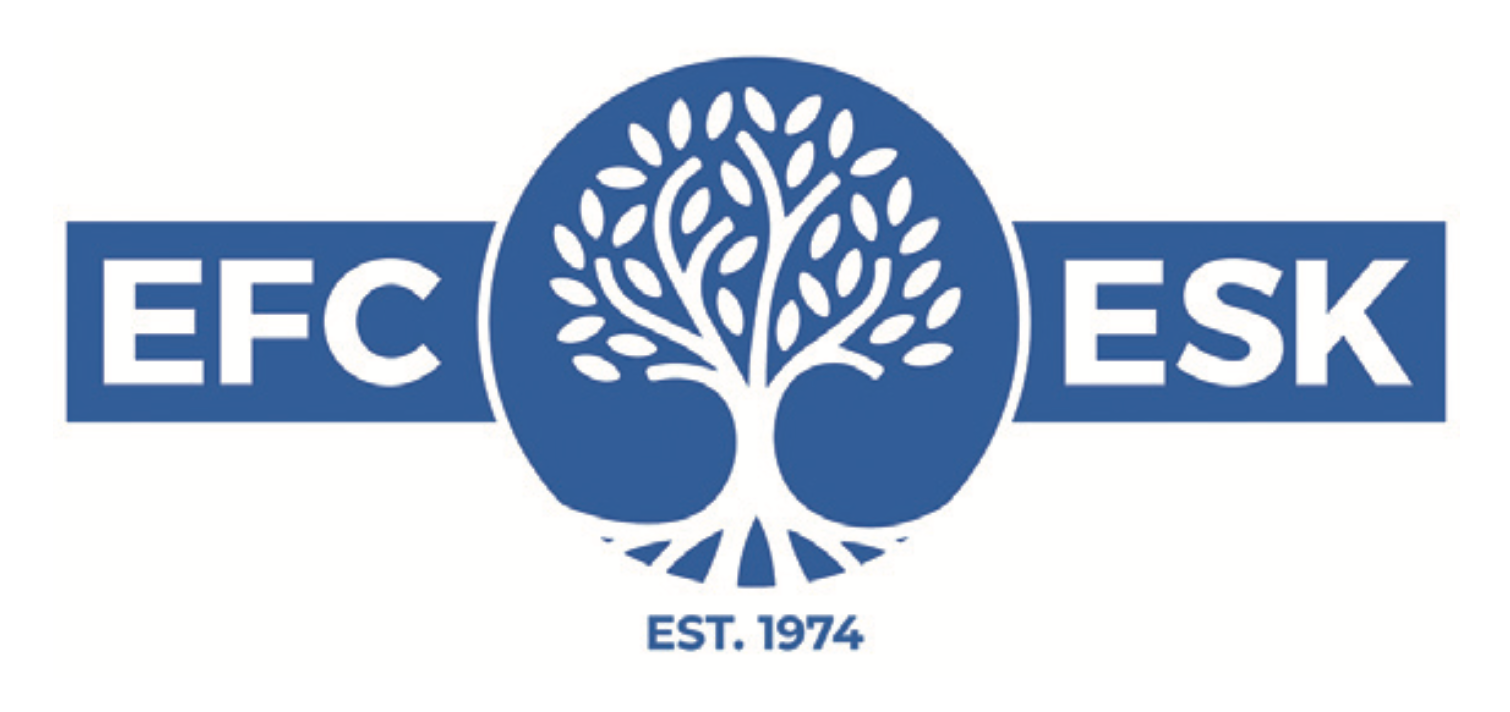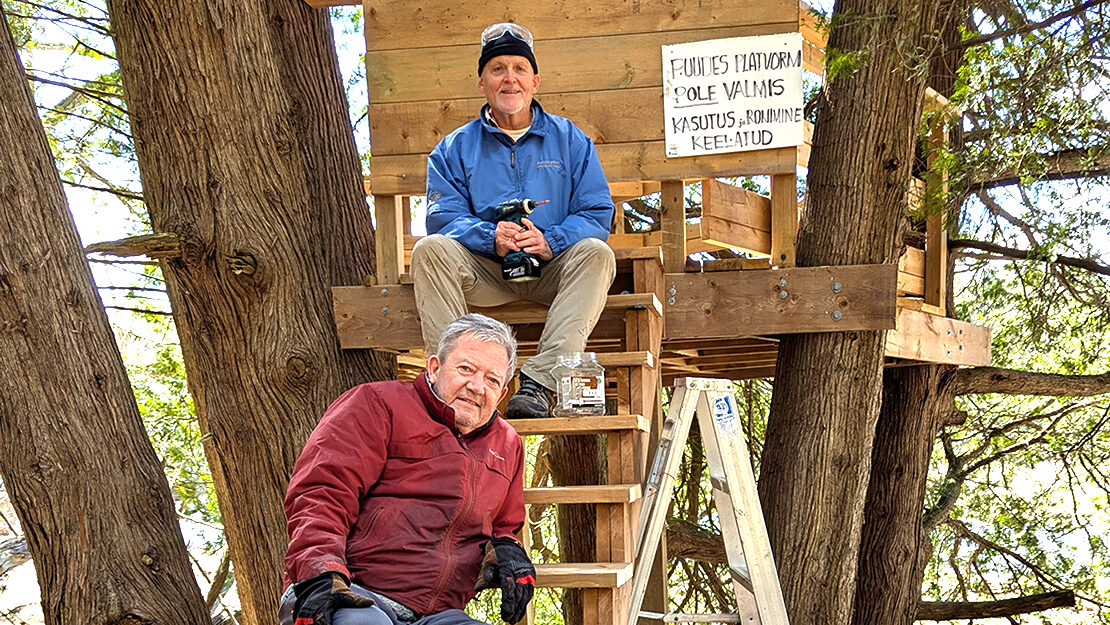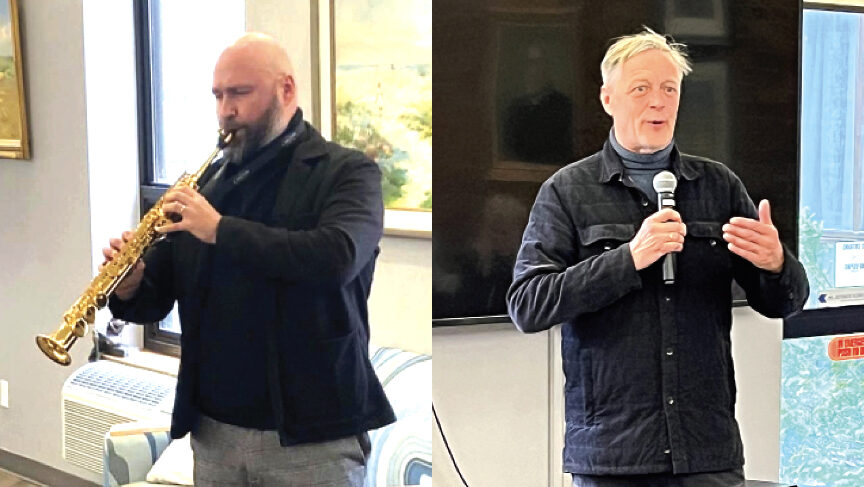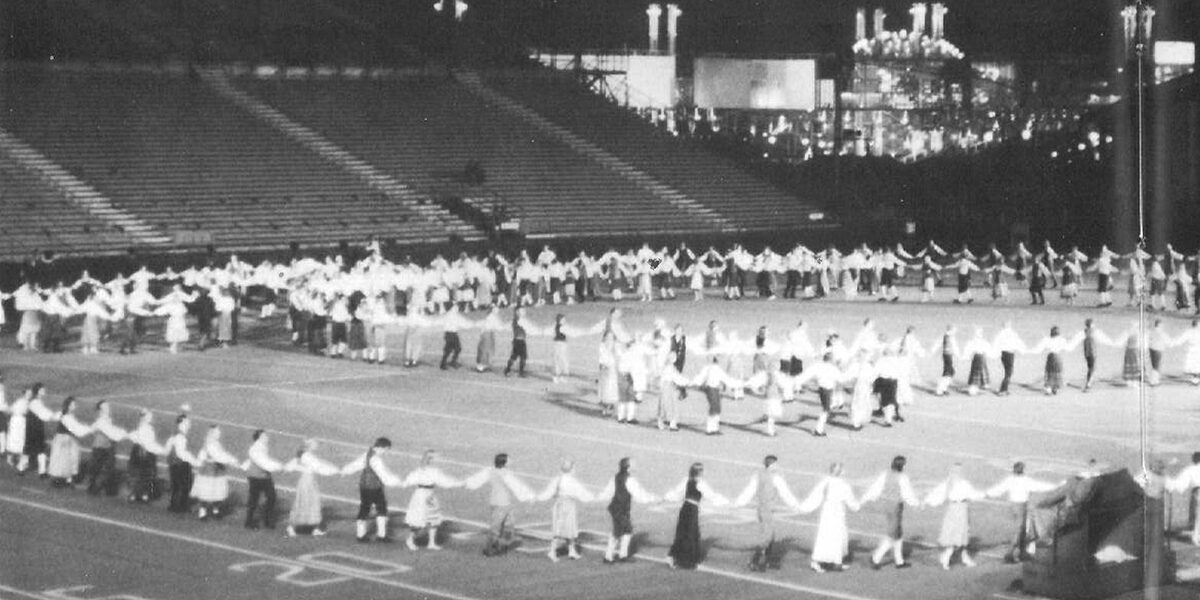An excellent feature of this location as well is the proximity of public transit.
There are three subway stations along the corridor: Bathurst, Spadina and St. George. The one closest to the new Estonian Centre is Spadina, which is well placed in the middle of the corridor area along Bloor Street and is just a few minutes’ walk from the station to the centre on Madison Avenue.
There are a wide variety of attractions and activities along the corridor that can provide wonderful learning and collaborative opportunities for our Estonian organizations. This includes museums, films, concerts, art exhibitions, theatre, and family events, learning experiences and the opportunity to engage and experience Toronto’s diversity such as Estonian, French, Jewish, Italian, Japanese and Indigenous arts and culture.
VEMU, the Museum of Estonians Abroad, is already an established member of the Bloor Street Culture Corridor.
Other attractions include:
• The Royal Ontario Museum – Canada’s largest museum of natural history and world culture — and last year’s host of Estonia’s Northern Spirit Fashion evening.
• The Royal Conservatory – a hub for music including live concerts, music creation and music appreciation, it is home to Koerner Hall, one of the world’s finest concert halls where many Estonian musicians have performed. It is also a venue for Estonian Music Week.
• The Toronto Reference Library – this iconic library is well known for its cultural and literary education and events as well as its vast special collections.
• Hot Docs Ted Rogers Cinema – an historic, century-old cinema that is home to first-run Canadian and international documentaries, and recently hosted EstDocs screenings. .
• Native Canadian Centre of Toronto – an aboriginal community cultural centre that offers activities and events based on First Nations teachings and traditions.
• Randolph Centre for the Arts – a series of theatres and studio spaces where a range of theatre productions are held.
• The Gardiner Museum – Canada’s national ceramics museum, it is one of the world’s great speciality institutions.
• The Bata Shoe Museum – with an international collection of over 13,000 shoes and artifacts, this unusual museum celebrates 4,500 years of footwear history.
• The Music Gallery – Toronto’s well-respected presenter of genre-defying concert music, it promotes leading edge contemporary music.
• University of Toronto Faculty of Music – one of Canada’s leading music institutions for presenting concerts as well as training composers, performers, scholars and educators.
The neighborhood in which the culture corridor is located is known as The Annex – a vibrant community with a rich history in the heart of Toronto. It is an excellent reflection of Toronto's diversity and home to an eclectic variety of shops and businesses offering products such as fashion, books, music, giftware, health food and hardware. The area’s lively nightlife attracts both visitors and local residents to its restaurants, bars and patios and there are many options, from casual eateries to fine dining.
There are also a number of well-established hotels along the corridor. The presence of the hotels is a big advantage when potential clients book the centre for conferences and other special events as there is overnight accommodation for delegates within walking distance.
A walk along the corridor (without stopping at any of its attractions) takes about half an hour.
On October 30, 2107, the project team held a meeting for the Annex Ratepayers’ Association, as is required by the city of Toronto for new development projects. The meeting was highly positive, and was well supported by the local residents who attended.
Providing opening remarks at the meeting was Councillor Joe Cressy, who represents Ward 20 Trinity Spadina, and in whose area the proposed Estonian Centre on Madison Avenue is located. “This project fits in extremely well with the neighborhood,” said Councillor Cressy. “We would be very pleased to have the Estonian Centre here in the Annex.” He noted that many current development projects are much taller, and the proposed Estonian Centre with its modest two-storey structure and attractive modern design would be well received in the community.
Anita Nippak Genua, a long-time Annex resident, attended the meeting and spoke about her enthusiasm for the project. “I have a foot in both camps, being an Estonian-Canadian and a resident of the Annex for 18 years,” she said. “This project is a wonderful addition to this neighborhood with the way it blends history with a modern aesthetic. It will also serve our community’s diverse needs now and for future generations.”
The tree-lined residential streets of The Annex are also a draw, as they are rich in architectural interest with numerous historic homes dating from the Victorian and Edwardian era, most of them built between 1880 and the early 1900s.
European settlement of this area began in the 1790s when surveyors laid out what was known then as York Township. The Annex area became part of Toronto in 1887 and the adjoining Seaton Village joined Toronto in 1888. Notable first residents of the area included Timothy Eaton, patriarch of the Eaton’s Department Store, and George Gooderham Sr., president of Gooderham & Worts Distillery.
Preserving the history of this area is important to the city of Toronto and local residents. There are over 500 buildings in the Annex protected by the Historical Board of Toronto. There is also a strong Estonian presence here: some of architect Uno Prii's most expressive, sculptural apartment buildings are located in the Annex. Uno Prii was a well-regarded Estonian-born Canadian architect. He designed approximately 250 buildings, many in Toronto, but also around southern Ontario and the United States.
For more information on the Estonian Centre Project, including a number of articles on the history of the project’s evolution, please go to www.estoniancentre.com

